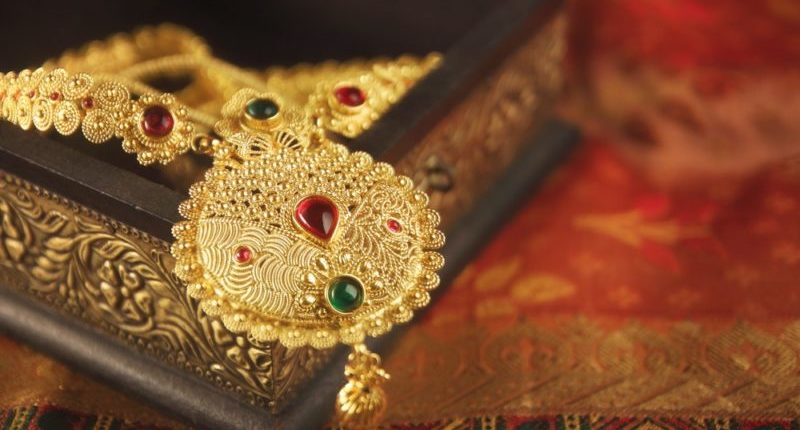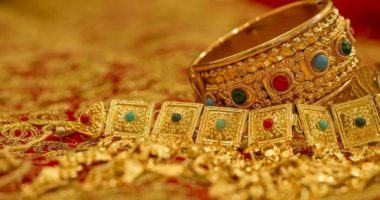When it comes to purchasing gold, it is always recommended to buy hallmarked jewellery. But how does one ensure if the gold being purchased is pure or not? How does one ensure if the price being paid is towards pure gold only?
In this article, let’s look at ways to identify whether it’s pure gold or not. Let’s also understand the new hallmarking rules and what to do to get your old gold jewellery hallmarked.
Gold is available in various levels of purity. Gold ranges between 10 karat (lowest purity) and 24 karat gold (highest purity). 24 karat gold is the purest form and does not contain any other metal. It is mostly used in manufacturing gold bars, electrical devices, coins, and medical equipment. Out of all the grades of gold, 22-karat is the most common grade of gold used for jewellery creation.
The gold hallmarking limitations will happen in phases; stores in 256 districts will be the first to implement. When you intend to purchase gold jewellery, you need to look for the BIS Certification mark to check if a jeweller is BIS registered or not. You will then need to inspect the four signs of purity, purchase only hallmarked jewellery, and obtain the bill for the same.
As per the BIS guidelines, in case the jewellery does not comply with the requirements, as a buyer, you will be reimbursed two times the difference computed depending on the shortage of purity concerning the weight of an article sold and also the testing charges.
The easiest way to assess the purity of gold jewellery is by looking for the karat mark on a jewellery item. Jewellers have to stamp all of their gold items with the gold karat and hallmark. In case these marks are not visible to you, you can ask the jeweller to show them to you with the help of a 10x magnifying lens.
The four main hallmarking signs include:
- BIS mark portrayed by a triangle
- The caratage (22K916) specifying purity
- A jeweller’s mark
- The accredited evaluating centre mark. Gold jewellery can be hallmarked in 14, 18, 20, 22, 23, and 24 karat
In case your gold jewellery does not have a hallmark, jewellers can still buy it from you. In case a jeweller thinks it’s possible, old jewellery can also be hallmarked as is. In addition, a hallmark can be added after the gold is melted for creating new jewellery.
As per Section 29 of the BIS Act, 2016, whoever violates the provisions of unhallmarked jewellery will be liable either for imprisonment for one year or a fine, not less than one lakh rupees, but not less than five times the worth of the goods or articles manufactured, sold, or offered to be sold, or applied or affixed with a standard mark including hallmark. Nevertheless, a penalty will not be applicable until the end of August to give enough time for preparation to producers, distributors, and dealers of gold.
Fountain pens, gold watches, and other jewellery forms, including Kundan, Jadau, and Polki, will be excluded from the compulsory hallmarking requirement. Mandatory hallmarking will benefit small jewellers to a great extent as all branded and non branded jewellers will now be at par with respect to purity of gold. Hence, design, service and making charges will become differentiating factors.
Compulsory hallmarking will help standardise the purity of gold jewellery; it will help streamline the sector further; it will also accelerate the present transition of customers and businesses from unorganised to organised jewellery. This government’s initiative will help customers make sure about the quality of gold they purchase; it will also help make the country become a global gold buying hub.
For any clarifications/feedback on the topic, please contact the writer at bhavana.pn@cleartax.in
Bhavana is a Senior Content Writer handling the GST vertical. She is committed, professional, and has a flair for writing. When away from work, she enjoys watching movies and playing with her son. One thing she can’t resist is SHOPPING! Her favourite quote is: “Luck is what happens when preparation meets opportunity”.





